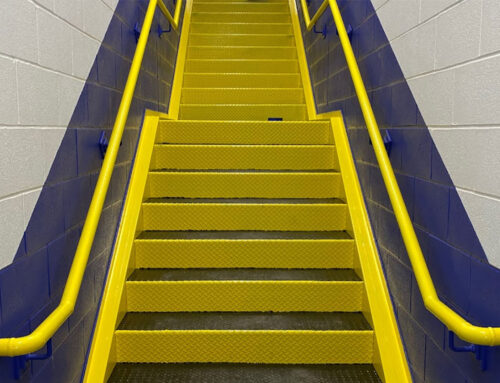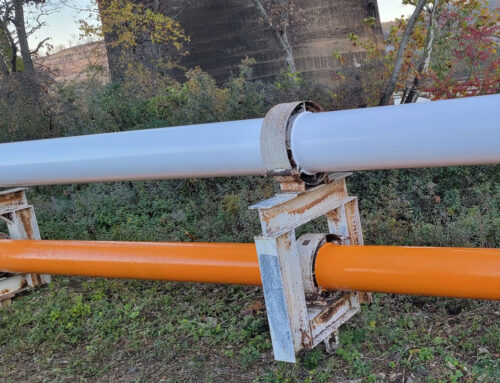The Two Most Common Corrosion Problems in the Oil and Gas Industry and How We Fix It
“Corrosion–the deterioration of a metal and its properties–attacks every component at every stage in the life of every oil and gas field. From casing strings to production platforms, from drilling through to abandonment, corrosion is an adversary worthy of all the high technology and research we can throw at it.”
This excerpt from a time-honored Corrosion in the Oil Industry study was written before oil and gas producers had access to cutting-edge sandblasting and industrial coating methods and technologies. Nevertheless, the sentiment–that corrosion is like a weed we have to keep pulling–remains the same.
The certified corrosion experts at Eagle Eye Services are showing up to oil production sites and gas pipelines nearly every day, removing corrosion through different types of cleaning and then applying new industrial coatings. In the process, we have seen all types of corrosion problems that either have threatened to or have successfully shut down oil and gas production. Here are the two most common corrosion problems we see in the field and how we fix them.
- Internal Corrosion
Sulfur and naphthenic acid flow with crude oil as it travels through a pipeline. Hydrogen sulfide, carbon dioxide, oxygen, and water move along with natural gas. Corrosive gasses are part of the products oil and gas companies sell; they’re also what boosts the amount of corrosion on the inside of a pipeline. It’s important to note that internal corrosion statistically causes more pipeline incidents than external corrosion. As a result, steps have to be taken to mitigate it.To control the extent of internal corrosion, we recommend reducing the presence of contaminants prior to transporting oil and gas within your company’s pipeline, inspecting the internal coatings, regularly cleaning internal sections of pipeline, and using corrosion inhibitors. - External Corrosion
Pipeline exteriors are battered by weather, water, and wind. Even buried pipelines experience corrosion from the moisture and oxygen present in the soil. The more humid the climate, the faster the pace of the corrosion. Therefore, the temperatures and humidity we see in the Northeast definitely escalate the speed of external pipeline corrosion.To control the extent of external corrosion, we recommend cathodic protection. The monitoring and testing will help your company identify the locations where corrosion is spreading. As those locations are discovered, it’s critical to repair corroded sections of pipeline as soon as possible.
Don’t Let Corrosion Shutdown Your Oil and Gas Production. Hire the Certified Corrosion Experts from Eagle Eye Services.
A combination of industrial coatings and cathodic protection can keep oil and gas pipelines protected from the damaging effects of corrosion. Our certified corrosion experts will inspect the known damage at your company’s pipelines and investigate the root causes of its corrosion, such as corrosive gas and environmental contaminants.
Once the investigation is complete, you’ll receive a detailed report about the damage and a prescription for repairing it. In that report, we’ll provide you with a project timeline and budget. Our industrial painters will clean and then apply new industrial coatings to your pipeline. To get your free project estimate, contact us today at 724-754-1122.
Ready to Get Started?
Have questions about your project or need a quote? We’ve got someone ready to help you.



